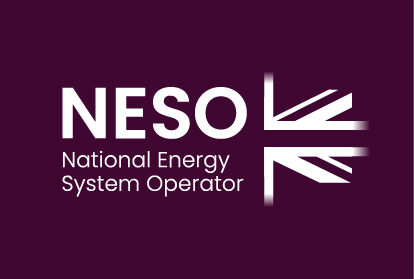This project is a design-first exploration of how AI can transform strategic energy planning and control room operations. It takes a novel approach, thinking through how AI can power digital experiences in ways not previously explored in these critical domains.
The initiative will prototype two strategic use cases:
- Vanguard – AI-driven strategic energy planning, leveraging AI to plan future energy system.
- Volta – AI in the control room, augmenting control room operations and decision support.
Using a design thinking-led approach, this work will envision and prototype an end-to-end AI-powered experience, demonstrating its potential impact. By integrating AI into these areas in a truly innovative way, the project pushes boundaries and redefines how digital intelligence supports energy systems.
Benefits
Innovation: Identifies high-impact AI use cases, driving innovation through novel application of AI
Risk Mitigation: Reduces risks for future AI initiatives through prototyping.
Acceleration: The aim is that the project’s outputs will support NESO’s efforts toward ‘AI-first’ sector digitalisation, contributing to the broader goal of achieving net zero.
Stakeholder Engagement: Fosters collaboration and builds partnerships for long-term AI success.
Learnings
Outcomes
Vanguard Prototype:
Established a foundational vision for the digital experience in strategic energy planning.
Demonstrated how AI can personalise and adapt to the diverse needs of different user groups, such as local authorities and internal modelers.
Provided a clear pathway for enhancing user engagement through AI-driven insights and tools.
Volta Prototype:
Delivered a robust prototype that reimagines the control room experience with adaptive AI models.
Showcased how AI can transform decision-making processes, making them more data-driven and efficient.
Laid a solid foundation for future innovations in control room operations, highlighting the potential of AI to enhance real-time scenario planning and optimization.
Lessons Learnt
Embracing Multi-Modal Interactions:
We discovered that AI-driven products can greatly benefit from offering various interaction modes, such as traditional mouse and keyboard interfaces, voice commands, and proactive alerts. This flexibility is especially important in high-stakes environments like control rooms, where different modes of interaction can enhance efficiency and usability.
Proactive vs. Reactive AI Design:
A key takeaway was the importance of balancing proactive AI features, like suggestions and alerts, with reactive ones that respond to user queries. This dual approach helps in creating a more intuitive and supportive user experience, ensuring that AI is not only reactive but also anticipates user needs. One of the biggest opportunities is rethinking AI not as a chatbot, but as a system that pushes context-aware insights and guidance to users, helping shift NESO from reactive to predictive in both planning and operations.
Building Trust Through Design:
Trust is crucial when introducing AI-driven tools. We learned that clear, transparent UI elements that explain AI-generated insights and suggestions help users feel more comfortable and confident in relying on AI.
Personaliszation for Diverse Personas:
With Vanguard, we recogniszed the necessity of tailoring AI outputs to different user personas. Even when using the same underlying data, the presentation and emphasis needed to be adjusted to meet the specific needs and expectations of different user groups, like local authorities versus internal modelers.
Design Opportunities and Challenges:
Overall, the project highlighted that incorporating AI into digital products opens up new design possibilities, such as adaptive user interfaces and predictive assistance, but also presents challenges in ensuring usability, transparency, and user trust. Workshops and prototype testing reinforced that trust in AI grows when outputs are explainable and traceable. Building in audit trails, access to source data, and alignment with NESO’s codes/methodologies supports safe adoption.
Clarity in AI Value Requires Demonstration:
Prototypes such as Vanguard and Volta showed that conceptual discussions alone aren’t enough: staff and stakeholders grasp the value of AI best through tangible, hands-on demonstrations that ground the possibilities in their day-to-day roles.
Internal-External Continuity Matters:
Innovation is maximised when AI tools work seamlessly across internal users (e.g. NESO modelers, operators) and external ones (e.g. DNOs, TOs, developers), improving alignment, transparency, and data reuse across the energy system.




